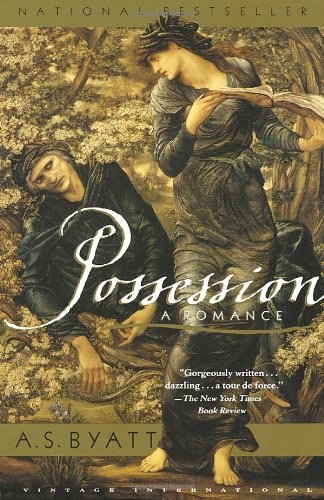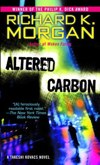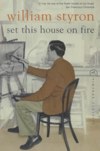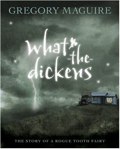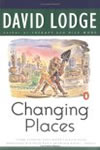A very strange novel, populated by characters who are not like anyone I know but who, I suddenly realized while walking down a rainy Irish lane, do resonate with dim childhood memories: these are the people that folks at my parents' and grandparents' parties used to talk about. They drink prodigiously, they swap partners carelessly but with great vigor, they think very seriously about the position of art and philosophy in contemporary life.
It was a strange generation, in the 40's and 50's. An it cast a long shadow: when Springsteen recalls “Roy Orbison singing for the lonely”, these are the people he's thinking of.
The backdrop of this 1959 novel is the making of John Huston's 1953 film, Beat The Devil, which was shot on location while the Huston and Truman Capote pretty much made things up as they went along. Like The Naked and The Dead, this is a book that wants to be about gay men, and tries occasionally to come out of the closet, but that can't quite work itself up to the point.
March 14, 2008 (permalink)
